Do Men and Women Write Differently?
As authors, we spend a lot of time thinking about plot, character, and craft, but how often do we stop to consider how our own perspective shapes the stories we tell? One of the more provocative questions in fiction is whether men and women write differently. Not better or worse, but with different instincts, patterns, and narrative focus. While discussions like this can sometimes feel uncomfortable, they can also lead to valuable insights, especially when it comes to understanding our readers and sharpening our own creative voice.
That’s why this week, Ginger explores whether storytelling trends are influenced by gender. Do some writers naturally gravitate toward the classic hero’s journey built around struggle and transformation, while others lean more toward arcs of recognition, discovery, and reclaiming identity? Using examples, a bit of data, and personal observations, Ginger opens up a conversation that isn’t about taking sides, but about better understanding how we write, why we write, and who we’re really writing for.
Here’s a topic I’ve been hesitant writing about, but which I think could make for a very interesting online discussion: Do men and women write differently?
(There’s “men’s fiction” and “women’s fiction” for a reason, I guess!)
It’s something I’ve been wondering about recently because I read a lot of books written by female authors, and I’ve noticed some trends in female-led fiction that I believe differ to books written by men. Very importantly, I’d argue that women trend to write one way, and men another, and not tend to—because when it comes to the craft of writing, making generalizations is always a bad idea.
And while I’ve observed these trends, it’s not that I think one style of writing is inherently better than the other. It’s more of an esoteric question. I want to ask the simple question of whether or not male authors and female authors approach the craft of storytelling differently, and whether male and female readers trend to choose one particular style over another.
As self-published authors, understanding these patterns could be really useful, especially if we’re targeting readers of one gender over another (and I know we’d like to appeal to all readers of all genders, but it’s a fair observation that those of us who write romance will target more female readers than those of us who write western adventures, and vice-versa.)
The question arose while I was studying Joseph Campbell’s Hero’s Journey, the classic blueprint for epic stories like Star Wars. I started to think about how male authors in particular seem to lean into this structure, where heroes face trials, level up, and earn their victory. I think part of what makes these stories appealing to men is how we resonate with the hero’s initial starting position of weakness and uncertainty, and we feel increasingly empowered as our hero learns, grows, and becomes stronger and more capable.
As men, we’re all aware that we probably couldn’t do what the hero does starting out… But reading fiction like this gives us hope that, given the same experiences the hero goes through, perhaps we could become a figure as powerful and capable as the hero ultimately proves himself to be.
On the flip side, I’ve tended to notice that female authors often seem to gravitate toward stories in which their heroines are special from the get-go, but what makes them special needs to be recognized, or they need to break free from constraints to embrace their inherent powers. Just as a lot of men desire to become strong and powerful, I believe a lot of female readers want to read about their heroines being seen and recognized, just as they desire to be.
And as I said, I’m just suggesting that these are trends in fiction, not hard and fast rules. Whether it’s men reading James Bond novels, or women reading A Crown of Thorns and Roses, ultimately many of us read to escape. It’s just interesting to observe what form that escapism takes.
The Hunger Games by Suzanne Collins is a solid example of my theory about fiction written by women. Katniss is special right out of the gate. She’s a survivor, a crack shot with a bow, and a provider for her family in District 12’s brutal poverty. Her “specialness” isn’t something she earns through training; it’s baked into her resilience and instincts, forged by years of scraping by. But in Panem, nobody cares about a scrappy girl from the sticks until she volunteers for the Games. Her arc’s about the world recognizing her as the Mockingjay, the symbol of rebellion, and Katniss herself grappling with that role. She’s not out to become a hero, she’s forced to embrace the one she’s been all along, breaking free from the Capitol’s attempts to control her.
The Handmaid’s Tale by Margaret Atwood is another example. Offred’s specialness is her humanity. Her memories, her defiance, her ability to hold onto hope in Gilead’s soul-crushing dystopia. She’s not learning to be a badass; she’s already got that inner strength, buried under the Handmaid’s red cloak. Her story’s about reclaiming her identity as June, resisting through small acts (like secret meetings with Moira or Nick) and hoping her story will be heard. It’s not about becoming someone new, it’s about the world (or future readers) recognizing the woman she’s always been.
Even the Harry Potter series follows this rule. While a lot of people compare Harry Potter’s journey to that of Luke Skywalker or Frodo Baggins—the classic “hero’s journey”—I think they forget that right from the get-go, Harry is “The Boy Who Lived.” Harry’s inherent specialness (marked by the prophecy and his scar) drives the narrative, with key moments of recognition (e.g., acceptance into Hogwarts, acclaim as a hero) shaping his journey. This aligns with the hypothesis of discovery over earned transformation. His journey involves discovering his inherent magical abilities and destiny as the chosen one to defeat Voldemort. While he trains and grows, his core specialness (surviving Voldemort’s curse) is pre-existing, and much of his arc centers on accepting his role and being recognized by the wizarding world.
As I said above, it’s not a hard rule, plenty of writers cross these lines, but I do argue there’s a pattern here, and it’s worth unpacking for us indie authors trying to stand out on Amazon’s crowded shelves. Let’s break it down with some more examples, a bit of data, and a few lessons to make your stories pop.
Male-Authored Stories: The Hero’s Journey and Hard-Won Triumphs
Guys like George Lucas and J.R.R. Tolkien love sending their heroes on a grind. Take Star Wars. Luke Skywalker’s just a Tatooine farm boy with dreams bigger than his desert. He meets Obi-Wan, trains with Yoda, and faces Darth Vader, earning his Jedi stripes through battles and resisting the Dark Side’s pull. It’s textbook Hero’s Journey: a call to adventure, mentors, trials, and a transformation that makes Luke a galactic hero. His Force powers? Latent, needing years of sweat to unlock. It’s all about earning it.
Then there’s The Lord of the Rings. Frodo Baggins is a hobbit who’d rather stay home with a pint, until he gets saddled with the One Ring. His journey’s a brutal slog: Nazgûl chases, Shelob’s lair, the Ring’s corruption. He grows from a reluctant nobody into a hero through sheer grit and sacrifice, even if it costs him his peace (and ultimately, one of his fingers.) Tolkien’s saga is all about those external challenges shaping a character.
Or look at Ernest Hemingway’s The Old Man and the Sea. Santiago, an aging fisherman, battles a marlin for days, pushing past physical limits. He loses the fish to sharks, but his endurance earns him respect. A moral victory. These stories scream one thing: victory’s not handed to you; you fight for it.
A 2023 Pew Research Center survey backs this up, stating that men gravitate toward fantasy, sci-fi, and adventure. These are genres where the Hero’s Journey thrives. It’s like guys are wired to write about conquest, whether it’s slaying orcs or reeling in a fish.
Female-Authored Stories: Hidden Sparks and Recognition
Now, female authors often take a different tack, crafting heroes or heroines who are special from the start but need to uncover or claim it. For example, take Marissa Meyer’s Cinder. Cinder’s a cyborg mechanic, shunned by society. But surprise, she’s also the lost Lunar princess, Selene. Her arc’s about uncovering her royal lineage and powers, not earning them through trials. Nielsen BookData’s consumer research from 2023 suggests that YA and fantasy specifically written by women draws a significantly higher percentage of female readers—approximately 80%. These stories clearly vibe with female readers more than male readers, reflecting struggles to be seen in a world that often overlooks them.
Even Roald Dahl’s Matilda (yep, written by a guy, but bear with me) fits this mold. Matilda’s a genius with telekinetic powers, ignored by her awful family. Her journey’s about finding Miss Honey, someone who values her gifts. It’s a recognition story, showing this pattern isn’t strictly gendered but often pops up with female leads.
The Data and Why It Matters
Literary scholars like Elaine Showalter point out that female-authored stories often “unveil” a character’s suppressed identity, mirroring women’s historical fight for visibility. Meanwhile, Campbell’s Hero’s Journey, rooted in epics like The Odyssey, dominates male-authored tales. Psychological studies suggest women are socialized to value connection, leaning toward narratives of validation, while men’s socialization toward achievement fuels stories of trials and triumph. The Women’s Prize for Fiction (2023) notes female-authored novels often explore identity, backing this up.
But it’s not black-and-white. Male authors like Jerry Siegel, who created Superman, write about inherent specialness. Clark Kent’s powers are inborn, not earned. And women like Ursula K. Le Guin (A Wizard of Earthsea) use the Hero’s Journey to tell her story, with Ged grinding to master magic. Genres muddy things too, male-authored sci-fi leans toward quests, while female-authored YA loves “chosen one” arcs. Plus, modern authors like N.K. Jemisin blend both, proving that these trends I’ve recognized are shifting as more and more authors find themselves empowered to put their books in front of readers.
What Self-Published Authors Can Learn
So, what’s the takeaway for us indie folks? Whether you’re a male author channeling Tolkien or a bold female writer vibing more with Katniss Everdeen, understanding that these patterns in fiction exist can make your stories hit harder. Writing a Hero’s Journey? Make those trials visceral. Think of your protagonist battling their own “Ring” or “Vader.” Going for recognition? Build a world that hides your hero’s spark, then let them shine, like Harry at Hogwarts or Cinder claiming her crown.
But don’t be afraid to mix it up, either. Gendered or not, storytelling’s about making readers feel. Whether your hero’s slaying dragons or uncovering their destiny, what’s more important than bracketing something as “male” or “female” fiction is to make their journey matter.
Ultimately, though, I think the takeaway from examining how men and women write differently is understanding what readers want to get out of their books. I started this article off by recognizing that one type of storytelling isn’t inherently better than another, it just delivers something different.
If you’re a guy writing escapist adventure fiction, it’s valuable to understand the consistent elements that seem to keep showing up in these types of stories. A lot of men want to read about heroes undergoing hardship, learning and adapting, and ultimately becoming stronger than they were starting out. Likewise, a lot of women readers want to read stories about brilliant and powerful women discovering their powers, and being recognized and respected for who they were all along. Yes, these elements might sound like tropes, but I think one of the secrets of all successful writing is to deliver what your readers want, and understanding the trends in female and male-written fiction can help you do that more effectively.
But what do you think? Is there any merit to this theory of mine? Do men and women write differently? Or am I clutching at straws here?
I’d genuinely love to hear your opinions. The point of this article is more to spark a discussion about the difference in men and women’s fiction, rather than to claim there are any hard and fast “rules” about it. I’d love to know your thoughts even if you strongly disagree with what I’ve suggested. Hell, you might even change my mind!
Leave a comment down below. I’m excited to hear what you think!


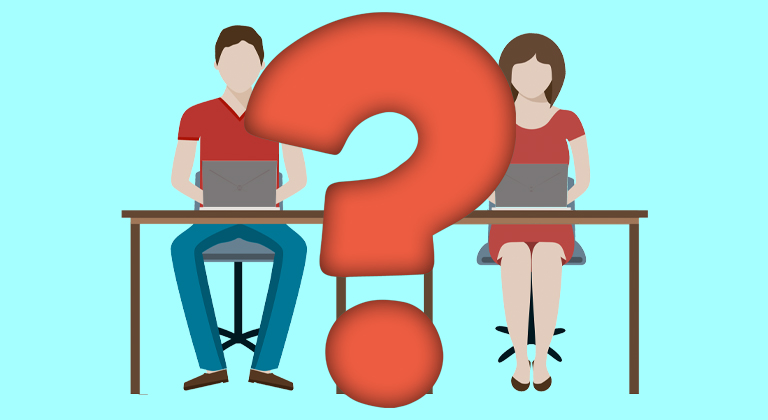

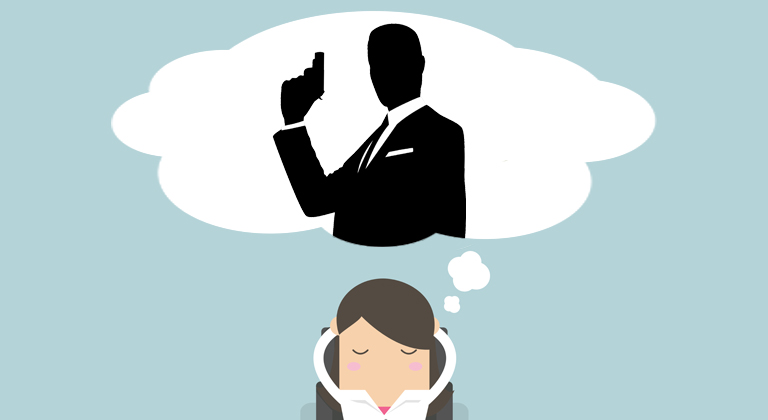
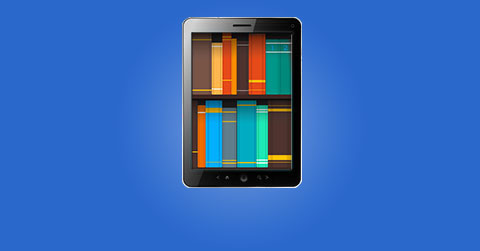
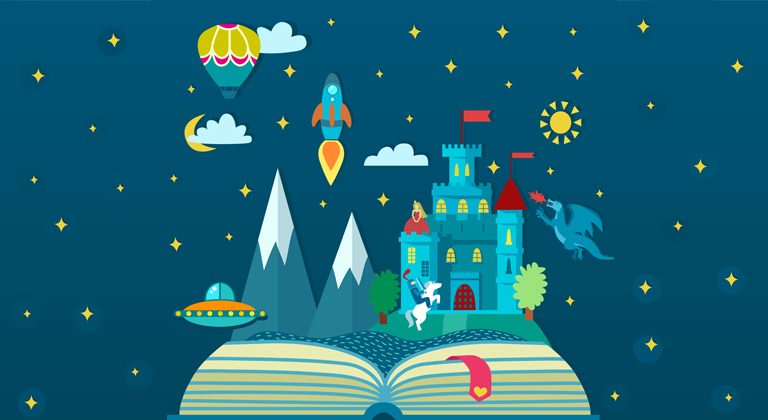
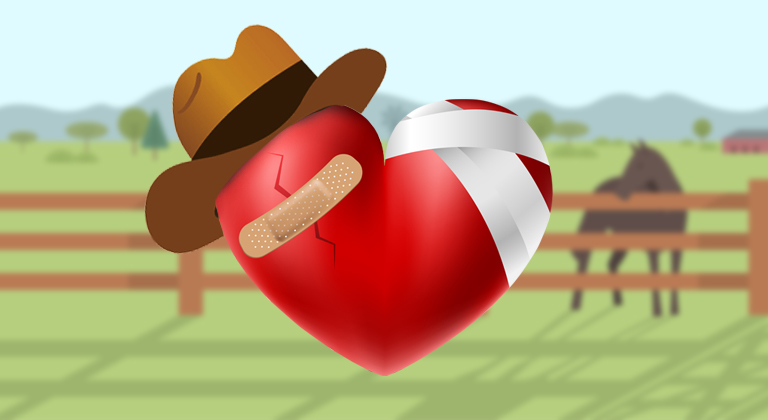
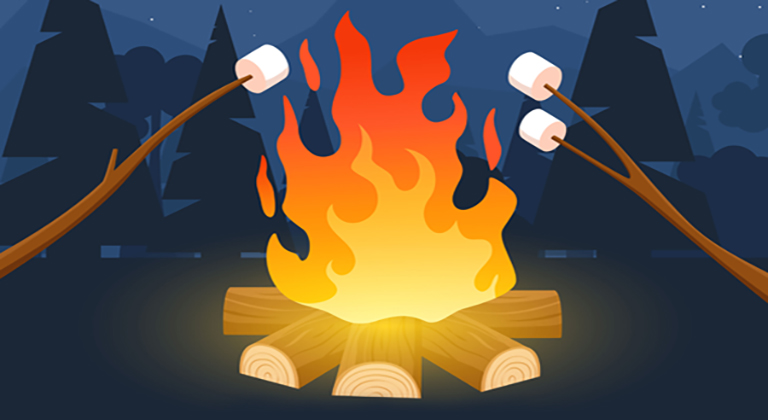
Love your articles! I always learn something while being entertained. I’ve just launched a new YA, Epic Fantasy novel (the first book in a series) and…I believe I’ve unknowingly, written both sides! The female protagonist is written just as you described…chosen, born with certain skills, seeking to be validated. Yet, my male protagonist is that counter part…has had to work hard and earn his abilities. His arc follows the classic, heroes journey. I found it fascinating as I read your article to realize I’d written true to form (male and female side). Time will tell if it was brilliant (without knowing it) to write both sides (as a female author). Here’s another interesting thing I did (being fully aware of it), I used only my first initial and the last name of my pen name C.Star, instead of my full pen name, Cynthia Star, so that readers would not initially know if I was a male or a female. I suspect there is still prejudice against female writers being able to write a good fantasy, heroes journey. Anyway, Thanks for your articles. I truly enjoy them! C.Star